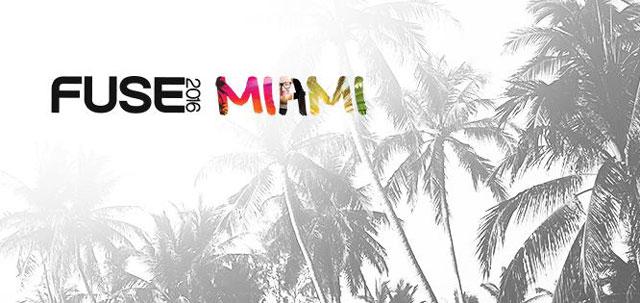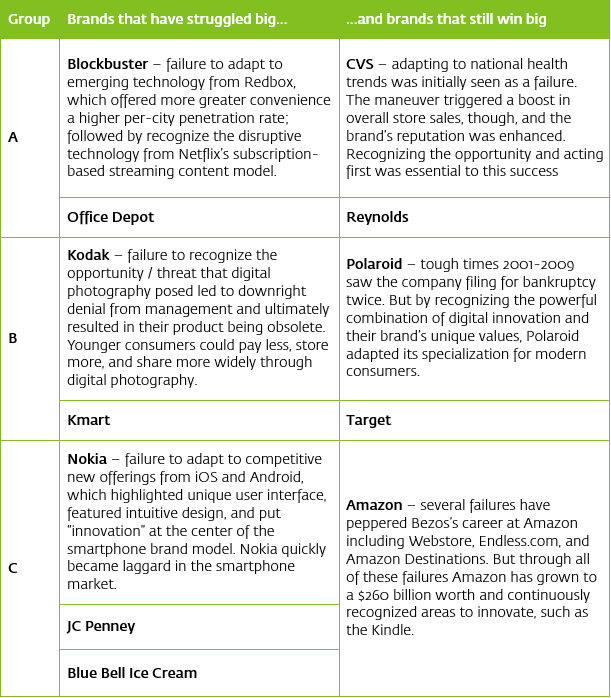

Global Branding Agencies and B2C brands worldwide recently gathered at a singular event. The backdrop: Nobu Eden Roc, Miami. The central theme: Leveraging ‘Design as a Strategic Force’ to connect with consumers. Esteemed speakers from Virgin, PepsiCo, BBC, and others convened for this 3-day event, offering a platform to exchange insights into ‘brand resilience’ globally.
As a partner, Labbrand had the privilege of engaging with various groups of brand leaders. Moderated by Vladimir Djurovic, CEO and Founder of Labbrand, a salon session connected industry experts and consumer brands. Here, we present his key takeaways.
Building Resilience: Recognizing Opportunities and Embracing Change
Many major corporations have experienced significant setbacks in their consumer base, facing challenges tied to rapidly evolving factors, including shifts in the millennial mindset, a demand for increased transparency, and the emergence of agile startups. Questions arise: Can these companies strategically rebuild their customer loyalty and resilience?
Our session was structured into three subgroups to examine real-life examples of firms that have encountered adversity and those that have successfully rebounded while maintaining ‘brand resilience.’ What distinguishes these experiences, and what valuable insights can we glean from both substantial setbacks and remarkable recoveries?
The groups debated among themselves and came up with the following list:

THE KEY FINDINGS
Across all groups, the differences between brands that fail and brands that go through struggles but continue to succeed were consistent. The secret to resilience is twofold:
From a design strategy perspective, this means being aware of industry trends and competition at all times, and being fluid and open with new ideas and innovations.
What are the next steps as an industry, as an individual designer, as a brand strategist?
This could inspire designers and brand strategist to offer brand transformation anticipation programs in the same fashion as one would schedule a health check – regularly and to anticipate threats. When designers are asked by their companies to create something that displaces the current status quo, solutions must be inspiring and must bridge the now with the future. For example, Amazon’s communication around drones and the bold ideas that come with it (such as the impact on product design to fit into a drone’s carrying arms) are both provoking and inspiring.
What happens if we don’t address this issue?
The turnover in the Fortune 500 is faster than ever. In a world where brand reputation can spread in minutes more and more companies are honing agility through strategic design. If you choose to ignore such an opportunity, a more nimble competitor may bump you off the list. The capacity to rebound is not something every manager or C-level will put into practice during his professional life.
What are you going to take back to your office on this topic?
There are constantly important challenges rising up to be addressed, whether it is the creation of a new technology such as smartphones or the evolution of a tool such as virtual reality. Transformation is happening all around us. Striving for leadership in our categories means keeping the brand idea as a central guiding principle and maintaining your customers’ trust, no matter the cost financially.
What were some of the Major Takeaway from the session?
In our group we had two brand representatives (Gaemer Gutierrez, Creative Director at CVS Health; and Nino Contreras, Trade & Consumer Marketing executive at RJ Reynolds Tobacco) that could have been easily seen as opposite in terms of mindset: Reynolds and CVS. CVS decided to stop selling cigarettes in its stores and embraced the development of a new product range (e.g. insurance), a development that is well aligned with their positioning and capitalizes on the macro trend of healthfulness. Reynolds decided to embrace a wider range of activities around smoking, including management of risks related to smoking.
But during the session this discrepancy was not apparent. Gaemer was explaining that CVS’s positioning was shifting – not just away from tobacco, but away from other low-cost, low-value goods such as no-brand toilet paper and toothpaste. Meanwhile Nino said that they are less opposite than it looks like from the far outside. Their dialogue showed how both brands transformed to the point where they can consider becoming partners again.
ABOUT THE PRESENTER

Vladimir founded Labbrand in 2005 and has assisted over 100 brands to understand and adapt to the Chinese market. He is an expert in helping both foreign and domestic brands to identify their unique positioning and execute effective branding strategies. He has an innovative mind, a natural instinct for trends, and a great understanding of the Chinese cultural context through years of experience with clients such as LVMH, Givaudan, Mercedes-Benz, Club Med, ING, Volkswagen and more. Vladimir has been interviewed by The New York Times, Le Monde and CNN regarding branding strategy and brand naming in China. He speaks fluent French, English, Mandarin Chinese, Russian and Serbian.
A Labbrand Group Company © 2005-2025 Labbrand All rights reserved
沪ICP备17001253号-3To improve your experience, we use cookies to provide social media features, offer you content that targets your particular interests, and analyse the performance of our advertising campaigns. By clicking on “Accept” you consent to all cookies. You also have the option to click “Reject” to limit the use of certain types of cookies. Please be aware that rejecting cookies may affect your website browsing experience and limit the use of some personalised features.